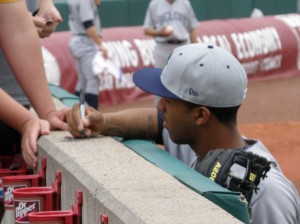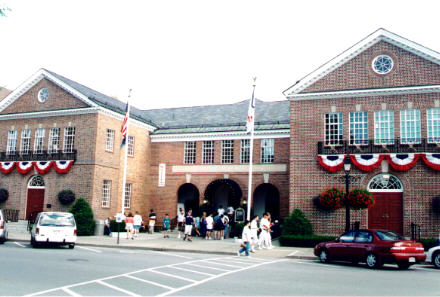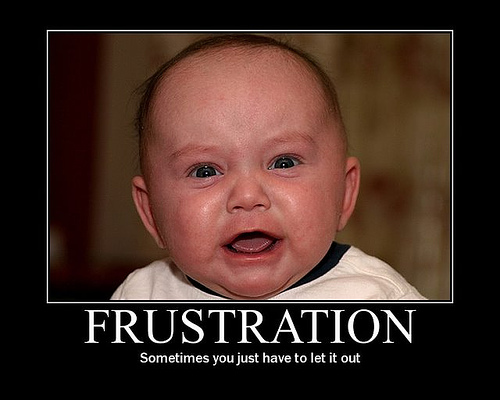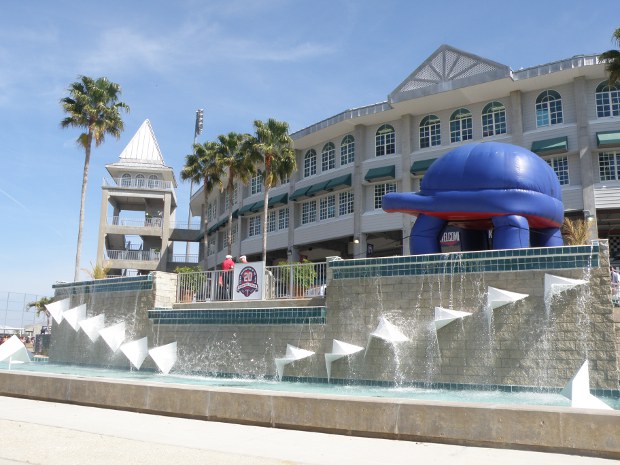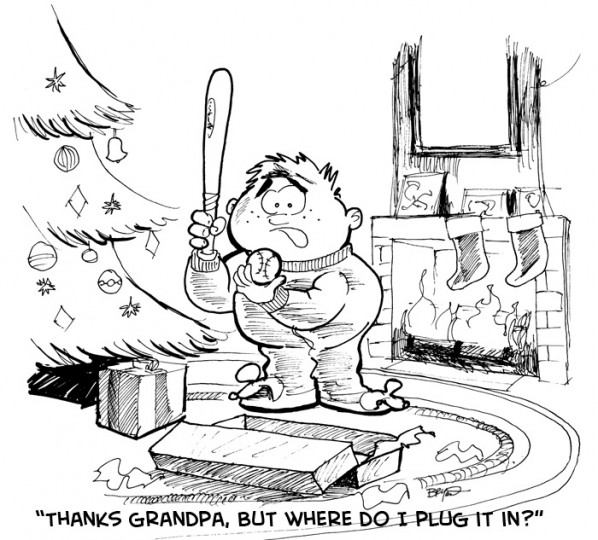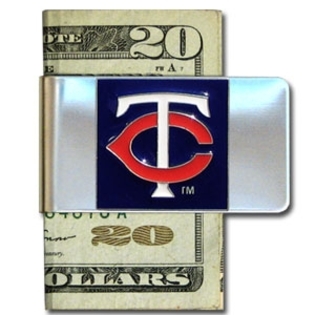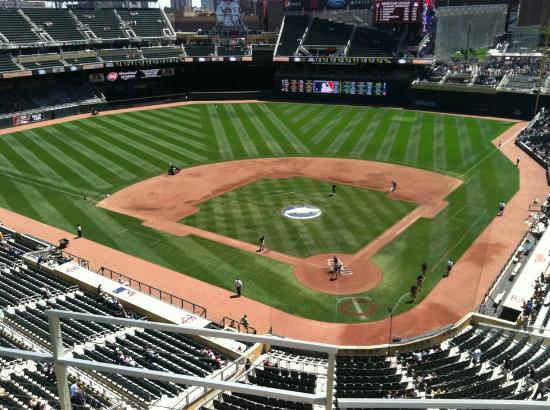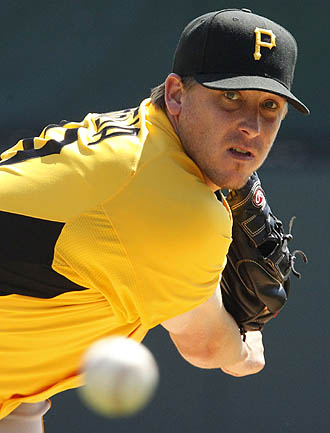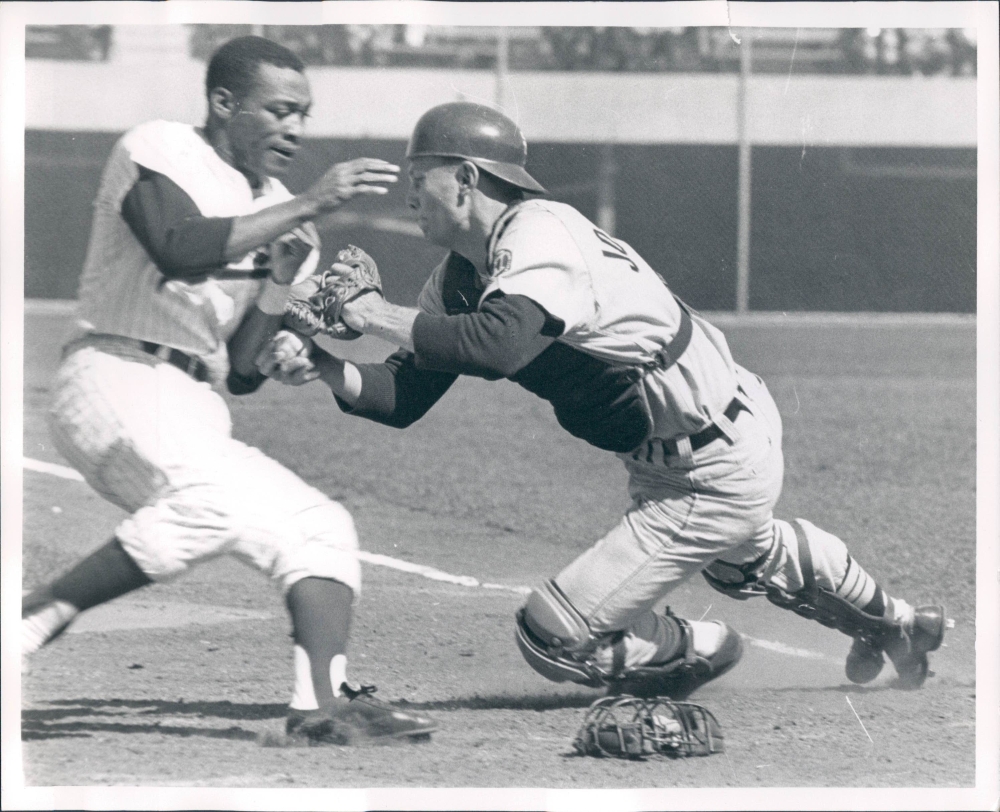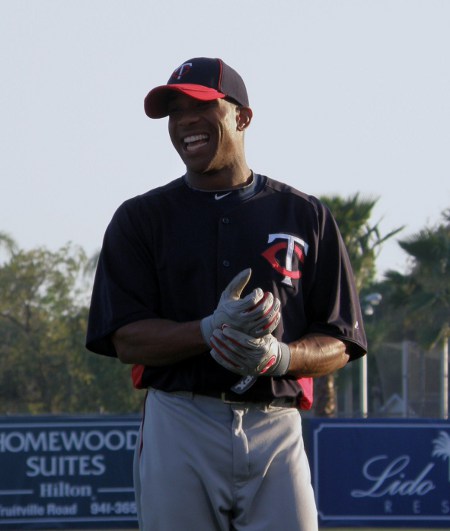Rod Carew spent 12 seasons in a Minnesota Twins uniform. He was the American League Rookie of the Year in 1967 and was lured away by the sunshine to southern California to play for the Angels following the 1978 season. At least the Twins managed to get some talent in return for Carew (Ken Landreaux, Dave Engle, Paul Hartzell, Brad Havens), rather than lose him to free agency when Carew essentially forced Twins owner Calvin Griffith in to a trade.
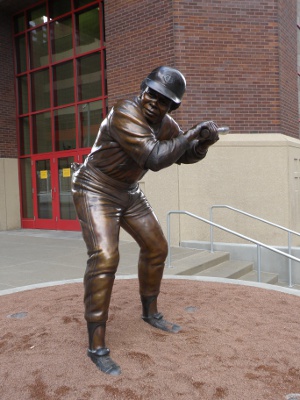
The 12 seasons Carew spent in Minnesota were some of the best… and worst… years I’ve gone through as a Twins fan. I believe that there are lessons to be learned from Carew’s era, for the Twins ownership and its fans, though I suspect neither group is inclined to heed them… at least not consciously.
I turned five years old near the middle of the Twins’ first season in Minnesota. We made one or two annual trips up to see the Twins play in those days (usually just one… the trip up from Albert Lea was not as quick and easy before I-35), but we watched games on TV all summer long. They were road games, mostly. Home games were seldom televised, so as not to inhibit fans from buying tickets, I suppose. But I had my transistor radio to take to bed with me to listen to the games I couldn’t watch.
So yes, I’ve been a fan through three World Series and even more Division Series. But the most exciting SEASON of Twins baseball in my memory was a year the Twins didn’t even play postseason baseball. That was Rod Carew’s rookie year, 1967.
Those were exciting times to be a Twins fan. As we all know, the Twins had been to the World Series in 1965, where they lost to the Koufax/Drysdale led Dodgers. But 1966 was a pretty good year, too. The Twins finished runner-up to the Orioles for the American League pennant (yes, kids, there was a time when there were no divisions in Major League Baseball) and there was no reason for my fellow pre-teen friends and I to think the Twins wouldn’t be right in the thick of things in 1967, too. And they were. But nobody could have predicted just how “thick” that race would be.
The Twins started out poorly and Griffith fired manager Sam Mele. That came as a shock to a kid like me. How could you fire a great manager like Mele? He took us to the World Series! But under Cal Ermer, the Twins woke up a bit and by the All-Star break were right back in the race. The White Sox held the lead, but the Tigers and Twins were right up there, too. The Angels and Red Sox were further back, but both were above .500.
About a month later, the Twins swept a home series against the White Sox and moved in to first place. To give you an idea how tight the race had become, Boston sat in 5th place, just 2.5 games behind the Twins, with the White Sox, Tigers and Angels sandwiched between them. The Angels soon slumped badly and were out of the race by the end of August, but through the rest of the season, the Twins were never more than two games out of first place.
Then again, the Tigers and both Red & White Sox, weren’t falling any further behind, either. In fact, on the morning of September 7, all four teams were in a virtual tie for first place. On September 15, the Twins, Tigers and Red Sox were tied, with Chicago just 1.5 games back. The White Sox returned the home sweep favor on the Twins September 15-17 and suddenly the Twins were dropped in to a tie with Chicago for 3rd place… one game behind the Tigers. One win over the A’s (that would be the Kansas City A’s, of course) later and the Twins were back in to a 3-way tie for the lead on September 18.
I wish I could find a way to express just how crazy and exciting this was to an 11 year-old Twins fan. It was stuff like this that I believe made that kid a life-long Twins fan.
From that point, September 18, through the rest of the month of September, the Twins were never out of first place. It seemed like they were almost always tied with someone, but every morning when we looked at the standings, the Twins had that little “-” next to them indicating they were no “games behind” anyone in the American League.
The White Sox found themselves in 4th place, two games behind the Twins with two games left, but effectively eliminated from the race because the Twins and Red Sox would finish the season with a two-game series and both teams were ahead of Chicago. Boston and Detrot each were one game behind the Twins with two games to play, but due to some earlier rainouts, the Tigers had played two games fewer than the Twins and Red Sox, so they were staring at Saturday and Sunday home doubleheaders against what was still a pretty decent Angels team.
All the Twins needed was a split of those final two games in Boston, along with one Angels win out of their four games with Detroit, and my Twins were headed to the World Series against Bob Gibson and the Cardinals!
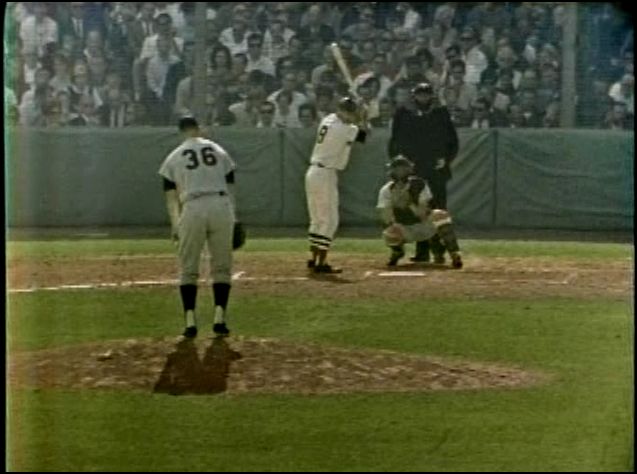
But the Twins lost on Saturday 6-4, while the Tigers swept their twinbill with the Angels and that sent the Red Sox and Twins in to the final day of the season tied for first place, a half-game ahead of Detroit. The Angels helped out the Twins by gaining a split of their Sunday doubleheader with the Tigers, so all the Twins had to do was beat Boston.
Of course, they didn’t… they lost 5-3… and the Red Sox went on to lose a seven-game World Series to the Cardinals, which I could barely watch. I was heartbroken. But it was still the most exciting Twins SEASON of my life and I had every reason then to expect my Twins to be just as good and just as exciting to watch the next year… and for the rest of my life, for that matter.
In 1968, Griffith probably wished he had Mele back, as Ermer led the Twins to a 7th place finish (though their 79-83 record would look pretty good a couple of decades later) in the last season before expansion and the establishment of divisional play.
A year later, new manager Billy Martin led the Twins to a 97-win season and the first ever AL West Division title. One year was all Griffith could tolerate of Martin and Bill Rigney was brought in to replace him for 1970. Rigney one-upped Martin by winning 98 games. But Martin and Rigney combined to go 0-6 in the postseason, both managers seeing their Twins team get swept by the Orioles three games to none in the best-of-five Division Series.
In his first four seasons of Big League ball, Rod Carew had participated in perhaps the most exciting pennant race ever in 1967 and played for two Division champions in 1969 and 1970. He was playing alongside Harmon Killebrew, Tony Oliva and Jim Kaat.
Carew must have felt like he would be playing for championship contenders forever.
But he never played in the postseason again with the Twins and would do so only twice more in his career (in unsuccessful Division series with the Angels in 1979 and 1982). Carew, in effect, lost his shot at appearing in a World Series with the Twins’ loss to Boston on October 1, 1967, in his rookie year.
But as disheartening as that must have been for Carew, things would be even worse for Twins fans. It would be 14 years after Rigney’s club bowed to the Orioles in 1970 before the Twins would finish even as high as second place in their division and, as we now know, it would be 1987 before Twins fans could cheer on another team that would win any kind of title at all.
It was a long wait for fans like me and the Twins would lose a significant chunk of their fan base along the way.
Tomorrow: Part 2 -Lessons to be Learned.
– JC


